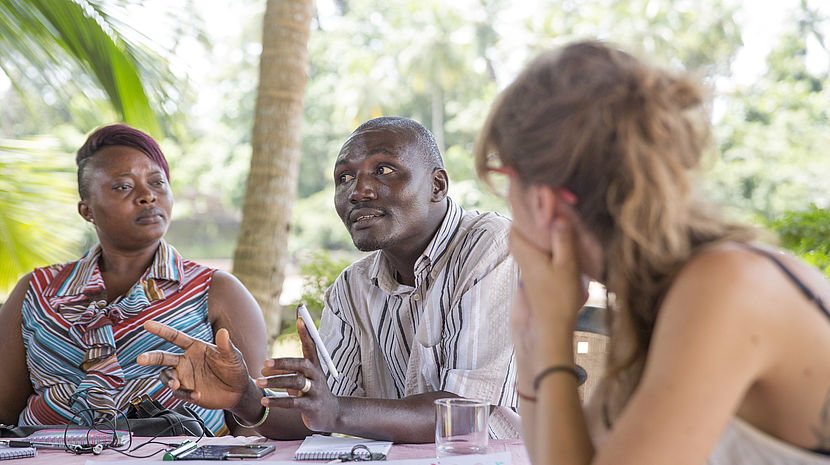27.02.2015 Post-2015 Indicator Framework Update

The UN is busy these days with post-2015 indicator discussions and I thought it would be good to share with everyone. Below are some key points.
- The UN Statistical Commission (UNSC) is leading the process of developing the post-2015 indicator framework.
- The UNSC is working on a preliminary set of 300 global indicators that will be released 18 March to be discussed by Member States during the 23-27 March intergovernmental negotiations.
- The ultimate goal is to have a final proposal of 100-120 global indicators.
- The UNSC recommends a limited number of global indicators with support from larger regional and national indicator infrastructures.
- Monitoring will take place at the local, national, regional, global, and sectoral levels, each having its own information collection. The 100-120 indicators are for global reporting by the HLPF.
- Indicators will be discussed at the political level during the Sustainable Development Goals and Targets negotiations session (23-27 March), the Follow Up and Review negotiations session (18-22 May) and during the June and July negotiations.
- Indicators will be a work in progress and some may be revisited by the HLPF in forthcoming years.
IEAG-SDG
- The UNSC will establish an expert group to work on an indicator framework (IEAG-SDG). This group will consist of international agencies, UN regional commissions and 10-15 representatives of national statistical systems with some members on a rotating basis
- The IEAG-SDG will have two elected co-chairs from an NSO and international agency.
- The IEAG-SDG will invite civil society to contribute its expertise and experiences on indicators and innovative ways of data compilation. For details click here.
Disaggregated data
- The following information is from Ms. Linda Hooper from UNSD. Please click here for details.
- There are levels of disaggregation and where relevant indicators should be disaggregated by age and sex and the most “disadvantaged groups” such as persons with disabilities need to be identified through “a consultative and participatory national process and in accordance with related human rights, ethical and statistical standards.”
- Three basic elements to keep in mind in developing a common approach to incorporating disaggregation into the SDG indicator monitoring framework:
- A metric needs to be defined to assess whether progress is equally shared in line with the principle of “no one left behind”
- Issues of discrimination and human rights need to be analyzed based on data disaggregation
- For “very specific groups” such as persons with disabilities, disaggregated data might not be enough
Tentative Timetable
Stage 1: Proposal for initial list of indicators
- 3-6 March 2015 – consideration by UNSC
- Mid-March – submission to ING
Stage 2: First draft proposal for indicator framework
- 3-6 March 2015 – Discussion of roadmap and establishment of IEAG-SDG by UNSC
- April 2015 – First IEAG-SDG meeting (possibly virtual meeting)
- Mid-July – Formulation of first draft proposal
Stage 3: Second draft proposal for indicator framework
- September 2015 – expected adoption of post-2015 development agenda and goals and targets
- End October 2015 – inputs from IEAG-SDG
- Mid-December 2015 – Formulation of second draft of indicator framework proposal for submission as document to UNSC
- March 2016 – Discussion / Endorsement by UNSC